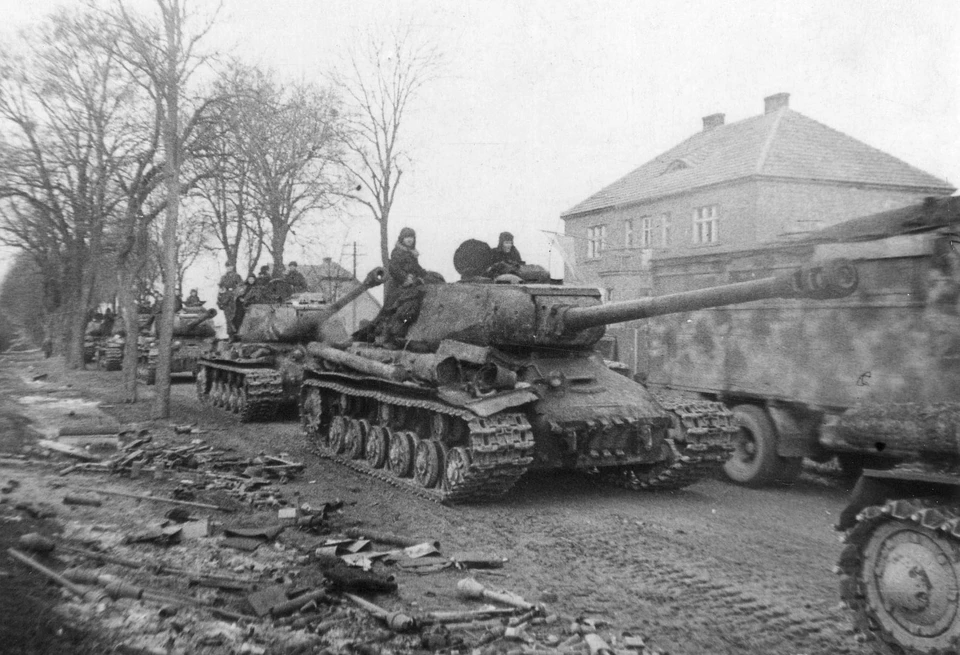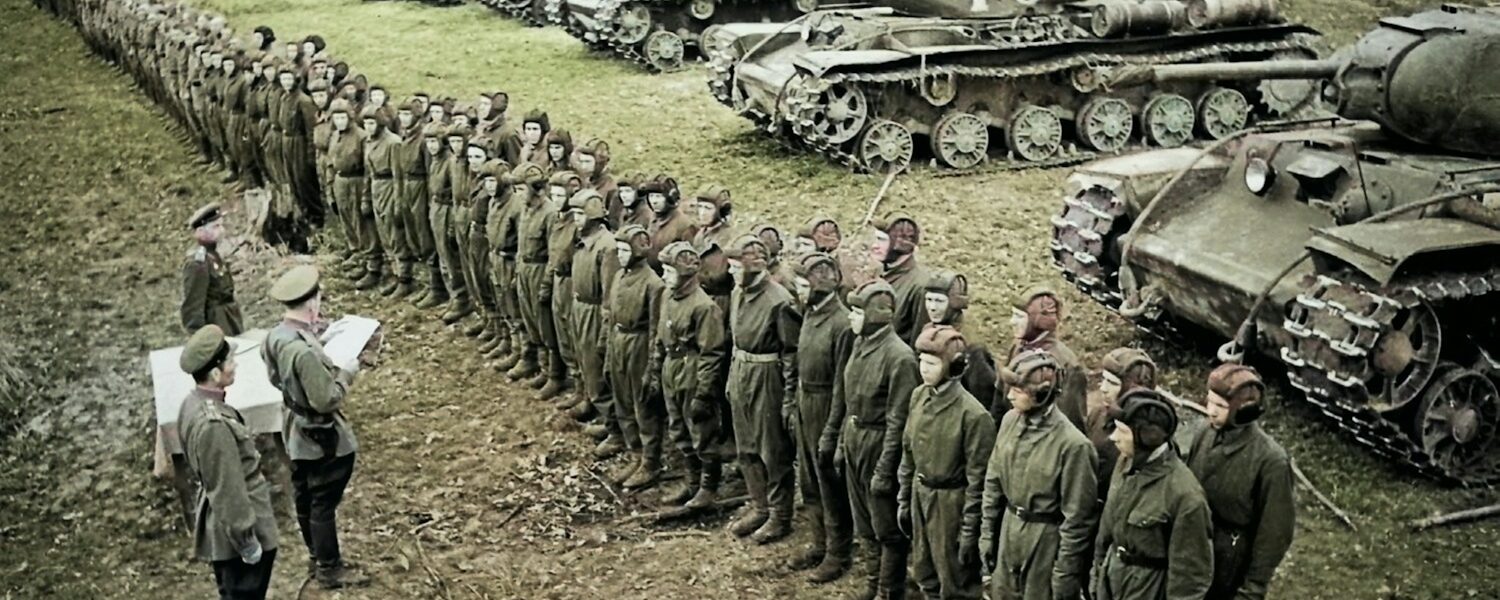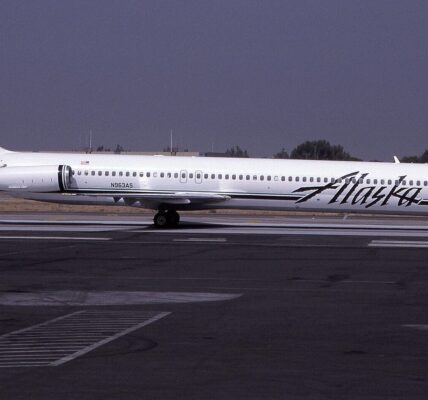
In 1944, as World War II approached its climax, effective troop training was of utmost importance to the German Reich. The image shown here documents an impressive scene: dozens of young German Panzer soldiers stand in line in front of a long line of tanks—presumably Panzerkampfwagen IV or Panther . This is a training unit, likely about to be deployed to the front.
These photographs were presumably taken in a rear area, far enough from the front lines to allow for structured preparation for upcoming missions. Such training was intensive and aimed at educating soldiers in the operation, maintenance, and combat skills of armored vehicles. In addition to technical knowledge, great emphasis was placed on discipline, crew cooperation, and tactical understanding.

The Panzer force was a central component of the German Wehrmacht. Since the Blitzkrieg against Poland in 1939, it was considered a symbol of Germany’s military strength. But as the war progressed—especially after the defeat at Stalingrad and the retreats on the Eastern Front—the nature of its training also changed. Rapidly advancing attackers increasingly became defenders attempting to hold ground against the advancing Red Army or the Western Allies.
The men in the picture are young, many barely older than 18 or 19. Their facial expressions reflect concentration, perhaps also uncertainty or determination. They wear padded armored suits and typical armored headgear—so-called “balaclavas” with padded edges to protect against impacts in the cramped interior of the vehicles.
In the background, tanks are parked in a row. Some bear markings like the white number “43,” which could indicate their affiliation with specific units or companies. These vehicles symbolize the industrial might that the German Reich relied on to continue the war—but by 1944, supplies of material and fuel were already severely limited.

The training included both theory and practice. The soldiers had to learn to work precisely under time pressure: reloading, operating the radio, and changing tracks under combat conditions. They were also trained in tactical procedures: how to operate in groups, use cover, and work with infantry units. Many of them knew, however, that their chances of survival in real front-line operations were slim—especially on the Eastern Front, where heavy fighting and the Soviet Union’s numerical superiority prevailed.
The photograph is of great historical value. It doesn’t depict the horror of war, but rather a moment of preparation—organized, systematic, and sober. Yet a shadow hangs over the image: Many of these young men never returned. The war they were meant to fight was long gone.

In retrospect, it becomes clear that images like this show more than just military discipline and technical prowess. They also tell of the human side of the war: of young people put in uniforms to fight a hopeless battle. Of a regime that showed no regard for losses, but mobilized until the bitter end.
Today, this image serves not as a glorification, but as a memorial. It reminds us of the mechanisms of total war, of the importance of propaganda, organization, and training—but also of the countless individual fates behind it.









